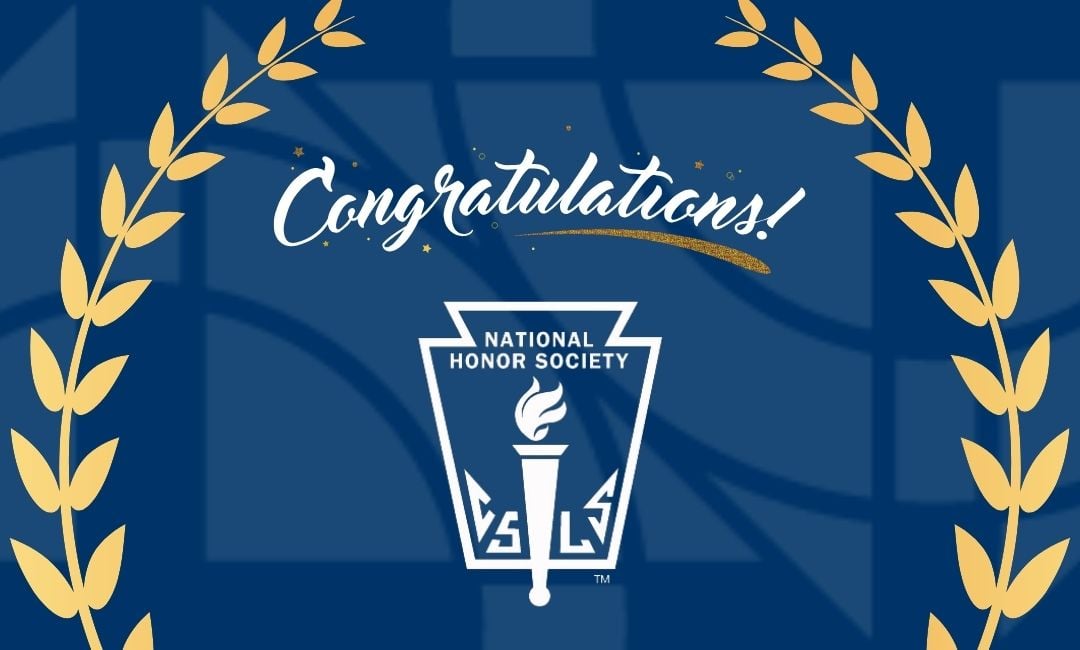
Applying to a university abroad can be a challenging and exciting process.
When looking at schools, we encourage students to think about the location, campus size, available programs, and the specific steps they need to take to get into their best-fit university.
Commonly, students choose to study in the U.S., with a massive 80% of Concordia graduates making this location their home for post-secondary.
But when it comes to the application process and the specific marks American universities look at during admissions season, getting into college can be a little more stressful as the U.S. post-secondary landscape is quite competitive.
According to projections from the National Centre for Education Statistics (NCES), there will be an estimated 20 million post-secondary students in the U.S. alone in 2020 in both private and public institutions, and that number is only expected to rise.
With such a high demand for a spot at an American university, it can be difficult for students to stand out from the crowd, especially for international students looking to study in the U.S.
But with the stat above in mind, Concordia graduates continually receive admission to U.S. universities.
To help your children succeed and take some of the stress away when it comes to trying to understand which marks American universities look at during applications, we’ve outlined everything you need to know below. As you read through the article, you’ll not only also discover the tests required by U.S. admissions, you’ll also find some helpful tips that will help set your children on a successful path.
Scholastic Assessment Test (SAT)
The SAT is taken by all high school students looking to apply to American universities. This globally recognized test demonstrates to university admissions that students are able to apply their knowledge and think critically, both of which are essential skills in a student. This test, combined with their high school exam scores, can help universities predict how successful a student will be in post-secondary. The SAT also factors into decisions regarding scholarships.
The test features both a multiple choice and essay section, and covers three core topics:
- Reading: focusing on critical analysis of texts, grammar, and application.
- Mathematics: focusing on Algebra, Geometry, Statistics, Arithmetic and Probability.
- Writing: focusing on properly developing and proving an argument.
Students receive a grade for each section, with the total giving them their final SAT score. Most universities look at the results for each section as well as the overall score.
Each section is covered by three timed tests with an additional ungraded 10th section to test potential questions for next year’s exam. Students must complete all sections in three hours and 45 minutes. In the Mathematics sections, students are allowed to bring an approved calculator.
As this test focuses on the academic ability of a student, the SAT requires intense preparation and revision of educational content, often spanning months before the day of the exam.
Helpful Hints
- Students lose points on multiple choice questions answered incorrectly, so if they do not know the answer it’s better to skip the question rather than guess.
- SAT preparation guides are widely available, which provides sample test questions, as well as SAT courses. College counselors are a great resource on this topic, and any other exam you have to take. Click here to discover the many benefits of having access to a college counselor.
- The SAT occurs six times a year, and most students end up taking it twice.
- Certain items can get you banned from the examination room, so be sure to review all rules and regulations before the examination date.
- This test costs between $49.50 to $64.50 USD.
While grades are an important aspect of any university application, most admissions committees look beyond what exam results may show. To learn more about qualities valued by admissions officers, click here.
Test of English as a Foreign Language (TOEFL)
For international students looking to study at an American university, they’re required to take the TOEFL in order to demonstrate their proficiency in the English language. It’s often the first test looked at during an international student’s application process.
This test takes four hours to complete and focuses on four aspects of language:
- Speaking: students listen to a video clip and their response is recorded and sent to assessors for a manual review.
- Listening comprehension: students hear a passage and choose an appropriate answer.
- Reading: students read a passage and choose an appropriate answer.
- Writing: students read a passage and write an appropriate response.
Each section is scored out of 30, with a total grade out of 120. Most universities accept a score minimum in the 60s, but some top universities may require a score of 100 or higher. Students may take this test on a computer or on paper, though the digital version is preferred.
Helpful Hints
- The completed TOEFL is only valid for two years.
- Much like the SAT, study books for the TOEFL are available to students to help them prepare. Free practice tests are also available and are a great way to help students know what to expect from the test before taking it.
- Students studying English as a second language often benefit from one-on-one coaching from a native English speaker. We encourage you to reach out to the high school counselor to find out more.
- This test costs between $160 to $250 USD.
American College Testing (ACT)
The ACT is another standardized test used by admissions officers to determine if a student possesses the knowledge and skills needed to succeed at their school.
Unlike the SAT, the ACT measures a student’s aptitude and critical thinking skills, which demonstrates their ability beyond rote memorization.
There are four mandatory sections to the ACT as well as an optional one:
- English: this 45-minute section includes 75 multiple choice questions focusing on grammar, sentence structure, and other English skills.
- Mathematics: this 60-minute section includes 60 multiple choice questions focusing on Algebra, Geometry, and Trigonometry.
- Reading: this 35-minute section includes 40 multiple choice questions focusing on comprehension and deductive reasoning.
- Science: this 35-minute section includes 40 multiple choice questions focusing on applying scientific knowledge and problem solving.
- Writing: this is the optional section which includes an essay rather than multiple choice questions.
Helpful Hints
- Practice exams and ACT courses are beneficial as they help train students on how to think through tough questions.
- Practicing with example questions is the best way to learn to think analytically. Rather than memorizing information, it’s important to understand how to apply knowledge in a critical way. Here at Concordia, our innovative approach to learning and our American-based curriculum helps our students succeed in any academic challenge presented to them.
- This test costs between $36.50 to $52.50 USD.
American Admissions Requires Forethought and Dedication
The tests looked at by American Universities during admissions are designed to prove your children can handle the challenges presented in a post-secondary setting.
With some preparation and a lot of hard work, your children will have the ability to go one step further and prove to admissions they are more than capable of handling the challenges presented in a university setting, they prove they have the ability to excel in their studies.
Now that you have a grasp of the testing requirements to study in the U.S., how exactly do you go about helping give your children the best chance to actually receive admission to their best-fit university? Click the link below to find out.





